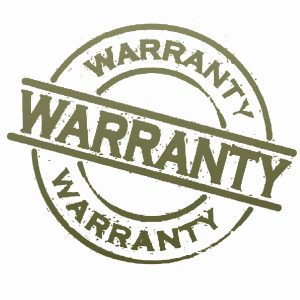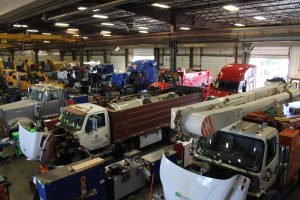The Eight Elements of Preventive Maintenance for your Construction Equipment
Construction equipment owners and operators sometimes think of preventive maintenance in terms of “lube, oil and filters.” But if you expect to get the longest, most productive life from a piece of equipment, it’s important to think holistically about total cost of ownership. That starts the day you buy the machine and lasts until you dispose of it.
Comprehensive preventive maintenance includes these elements:
#1: Purchasing.
What do you want from the machine? Create a matrix, to accurately compare brands or models. That might include:
 Price
Price- Brand reliability
- Productivity
- Horsepower
- Fuel consumption
- Buckets or other attachments
- Estimated operating cost per mile
- Ease of maintenance
- Service intervals
- Service availability – a dealer that isn’t 100% reliable or is some distance away is likely to be an additional cost
- Parts availability
- Warranty
- Extended warranty
There is no perfect machine, so you have to consider the tradeoffs as they pertain to your unique business, over time. Is easier maintenance worth lower productivity?
#2: Operator training.
New technologies have greatly improved equipment efficiency and productivity – but only if your operator knows how to use those new technologies. Driving a new machine the old way negates all those potential benefits. And that includes inspections and operator-performed maintenance.
#3: Technician training.
All that new technology has made in-house service and repair far more complex, too. You may have already decided to simply let your dealer handle this work, since they have techs trained on the latest details. If you still operate an in-house shop, your technicians will need ongoing training to learn about the newest equipment and associated electronics. Will that training come from your OEM? Your dealer? How often and where will you have to send techs for training?
#4: Scheduled maintenance.
 Simplicity pays off. Operators need to know what fault alerts are all about, and they need an easy way of knowing when to schedule each machine’s regular service. Planning ahead enables you to get work done when the equipment isn’t working, rather than taking it out of service. Adhering to the recommended schedule also greatly reduces your risk of breakdowns that can cost you in downtime.
Simplicity pays off. Operators need to know what fault alerts are all about, and they need an easy way of knowing when to schedule each machine’s regular service. Planning ahead enables you to get work done when the equipment isn’t working, rather than taking it out of service. Adhering to the recommended schedule also greatly reduces your risk of breakdowns that can cost you in downtime.
#5: Repairs.
Keeping your construction equipment clean will save you money on repairs by protecting against corrosion. Rust creates problems and reduces machine life, not to mention value. Diagnostics are crucial to effective preventive maintenance so you can avoid repairs. Always analyze any failure and always analyze your oil. And ensure parts are organized methodically as components are disassembled.
#6: Components.
You can go through a lot of consumables in a year, depending on the size of your equipment fleet. Track your expenses, then see if you can negotiate a volume-based price reduction from your supplier. Buying oil in bulk can help you save, too. For large jobsites, consider storing things like oil, filters or even tires in a secure space onsite or asking your vendors to regularly check and replenish onsite inventory.
#7: Fleet sizing.
Productivity drives profitability. Given the size of your facilities, the number of support staff you have, etc., can you complete projects with fewer machines? Some contractors say they have cost-effectively replaced two smaller machines with one larger one.
#8: Disposal.
If you have a machine that needs thousands of dollars in repair, you may be tempted to just sell it off. But then you’ll have to buy a new one. Which alternative makes the most financial sense? Track machines by category to compute average productivity and costs per hour, then you can identify and dispose of equipment that is costing you too much.
By following these eight components of true preventive maintenance, you’ll be able to make smarter choices for purchasing, operation, service and sale of all your construction equipment.
